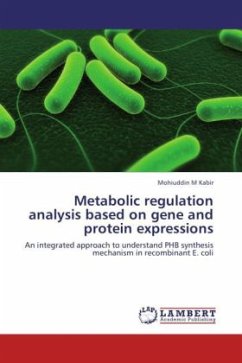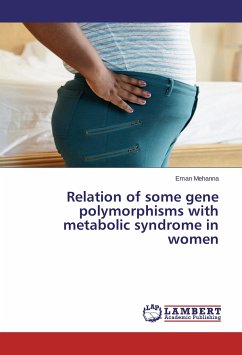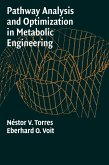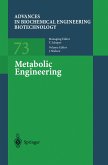The biopolymer poly-3-hydroxybutyrate (PHB) is a polyester produced by certain bacteria utilizing glucose, corn starch or wastewater nutrients. The characteristics of PHB are similar to those of petroplastic polypropylene. PHB produces transparent film at a melting point higher than 130 degree Celsius that is non toxic and biodegradable without residues, which reduce greenhouse gas emissions considerably. Currently, application of PHB is limited to medical science because of its higher production cost. Microbial biosynthesis of PHB starts with the condensation of two acetyl-CoA molecules into acetoacetyl-CoA, which is subsequently reduced to hydroxybutyryl-CoA. This latter compound is then used as a monomer to polymerize PHB. To explore the possibilities for maximum PHB production, this book has investigated E. coli metabolic regulations by inserting PHB synthetic genes and/or deleting glycolytic pathway genes together with changing their culture condition. Study results from proteomics, transcriptomics, measurement of key enzyme activities and metabolic flux analysis have been interpreted for better understanding of their complex genotype-phenotype relationship.
Bitte wählen Sie Ihr Anliegen aus.
Rechnungen
Retourenschein anfordern
Bestellstatus
Storno








